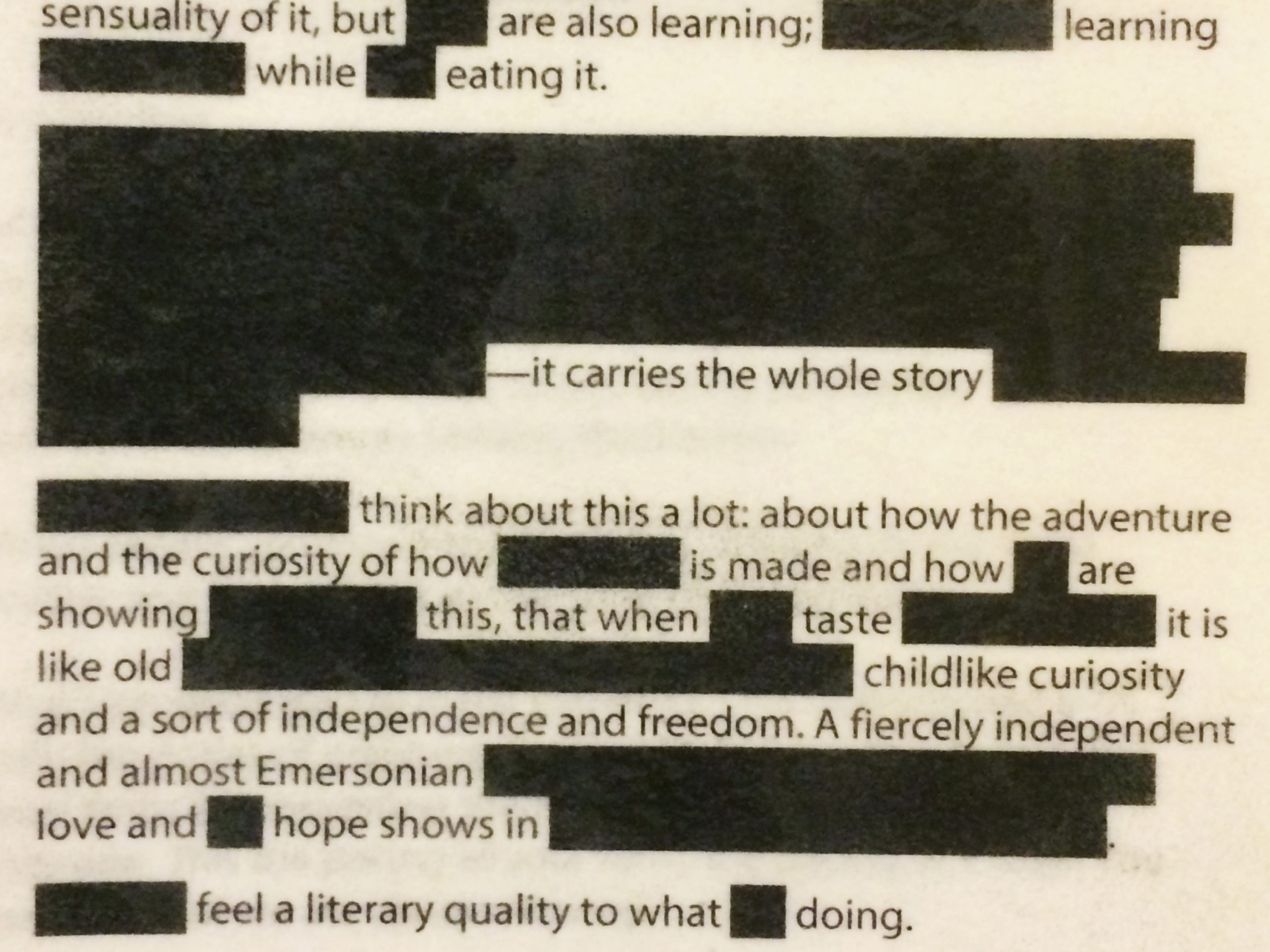Find a threshold in the building that you feel you can walk through in more than two ways. Choose one way of moving through it and describe your movement and experience.
Compose a score from all the prepositions, adverbs or adjectives in this description as a set of directions to walk from one place to some other and a set of instructions for filming it.
I taught as a part of the Architecture Writing program at Pratt on and off from 2013–2020. As a part of the program, students in their first year of architecture school experiment with written language as a part of their studio process, drawing out language from their design work and using it to translate to some other form, as if writing was another layer in a stack of trace paper.
Many of the exercises I did with these students would focus on the multiple ways language can enact space and relationships that shapeshift across scales—from a composition of phonemes articulating the shape of breath to isolated prepositions moved from one context to another. The exercises below use prepositions and other parts of speech as a tool to expand a threshold into the video recording of a walk.
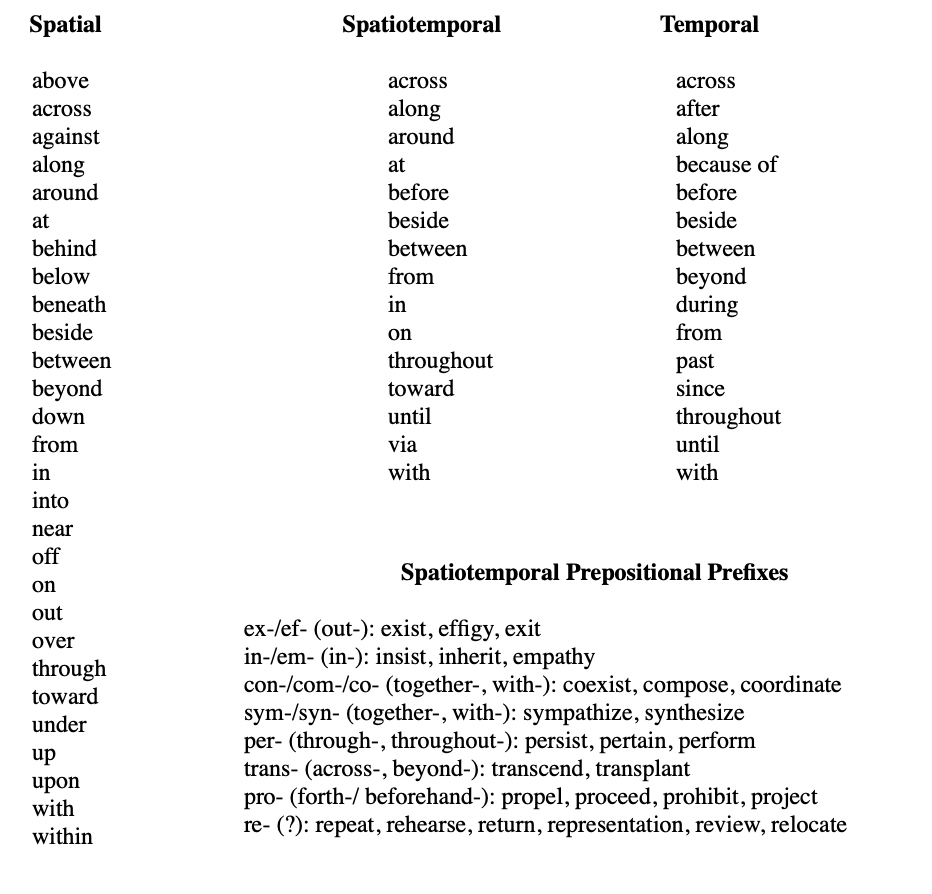
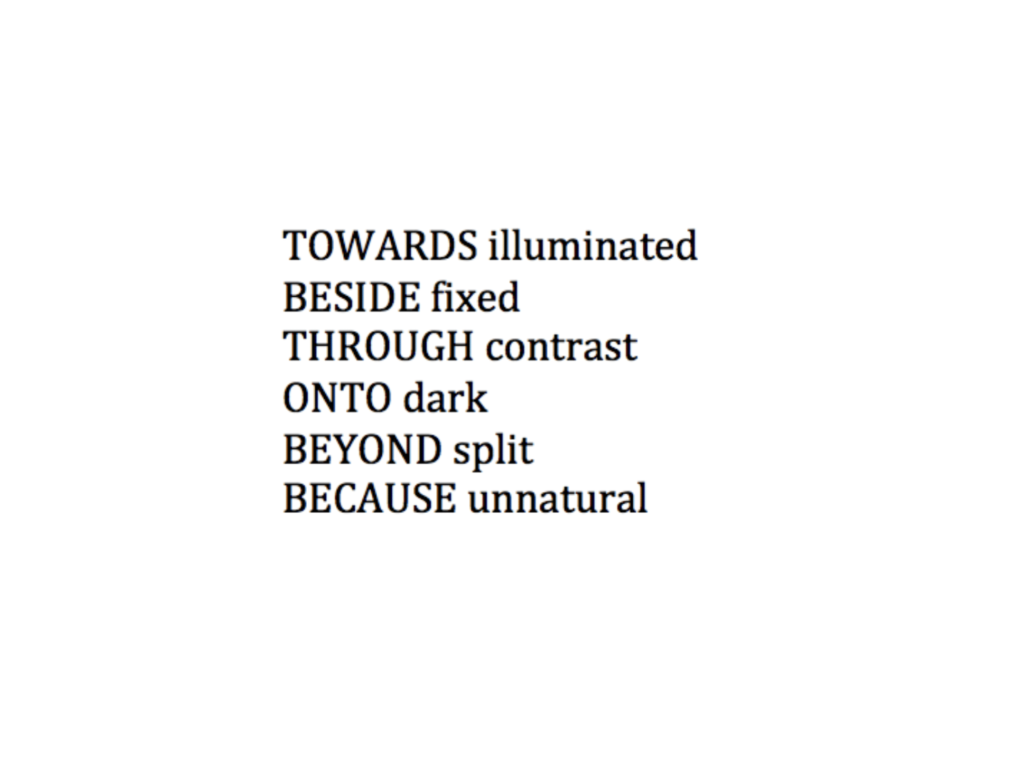
Michael Runco, description of a threshold, 2014

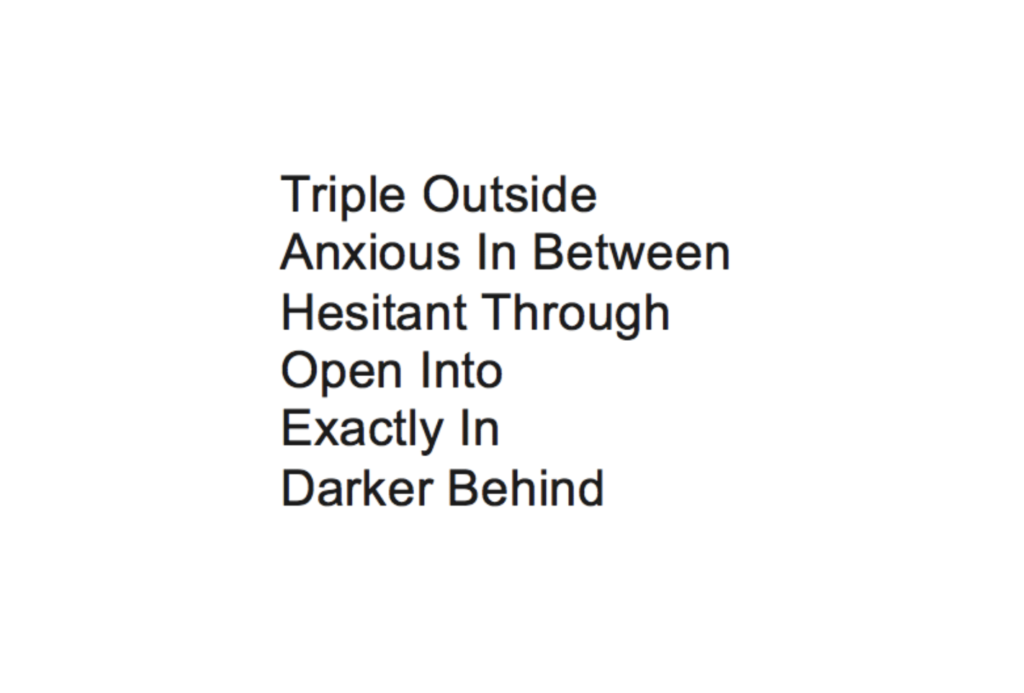
Catherine Chang, threshold score, 2014
I spoke about these exercises when I was invited by Andrea Pellacani and ALICE (Atelier de la conception de l’espace) to give a talk at the architecture school at EPFL, École polytechnique fédérale de Lausanne. I have also shared them in a workshop at Brown University and discussed them as a part of a conference at Pratt (Embodied Cognition) where a group of teachers in the Architecture Writing program shared their different approaches to using writing as a medium in architectural education.
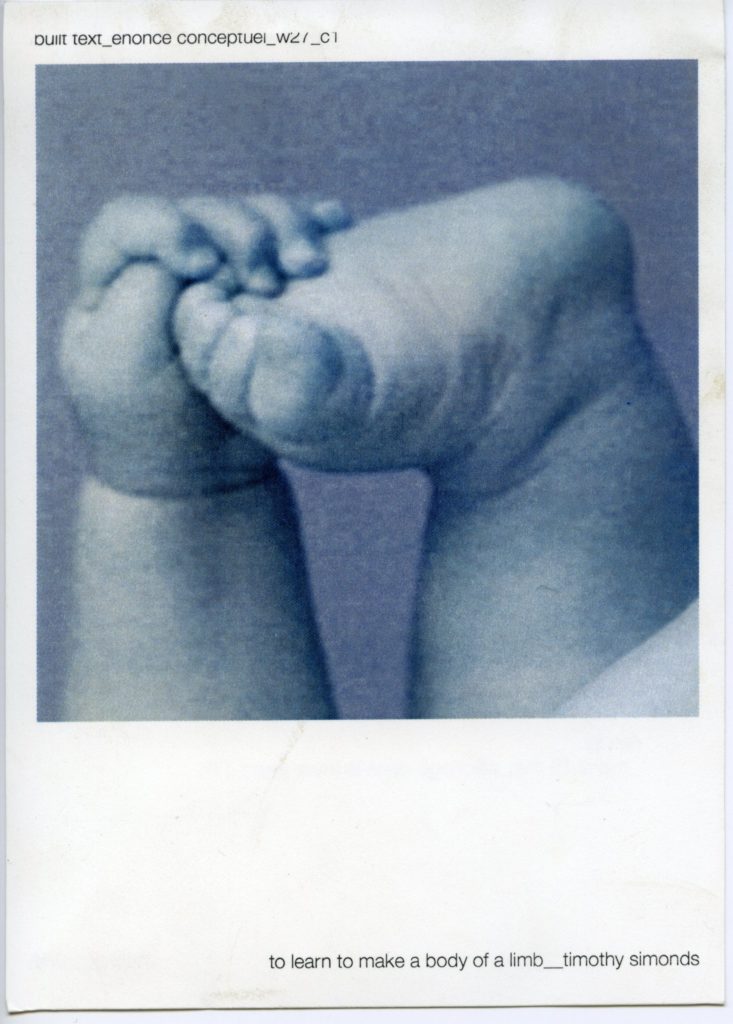
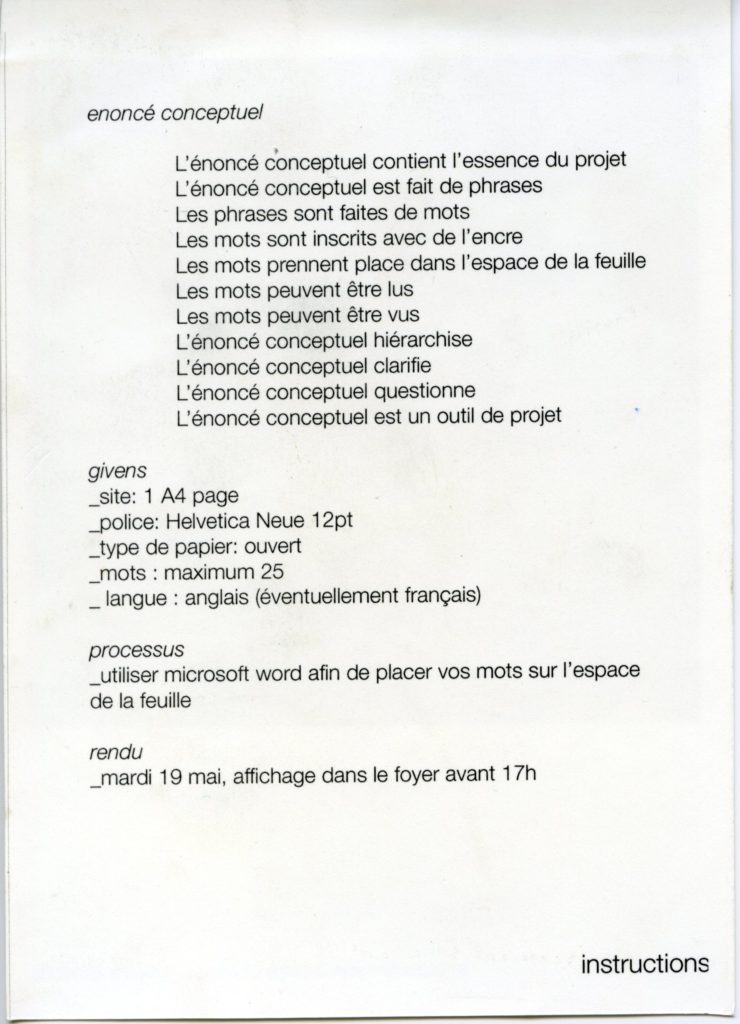
Walks with voiceover readings recomposing a threshold.
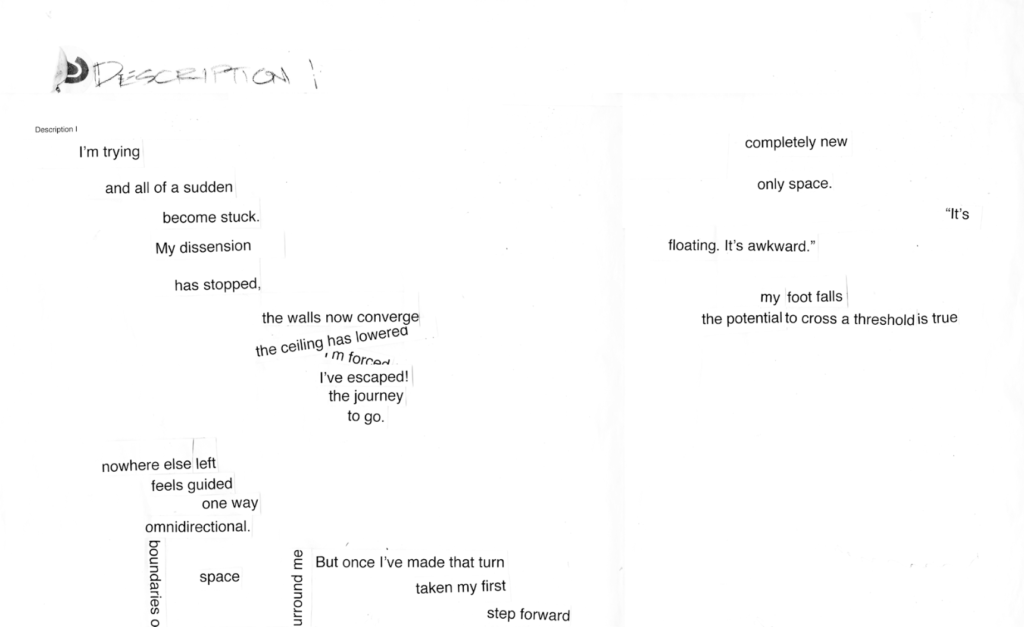
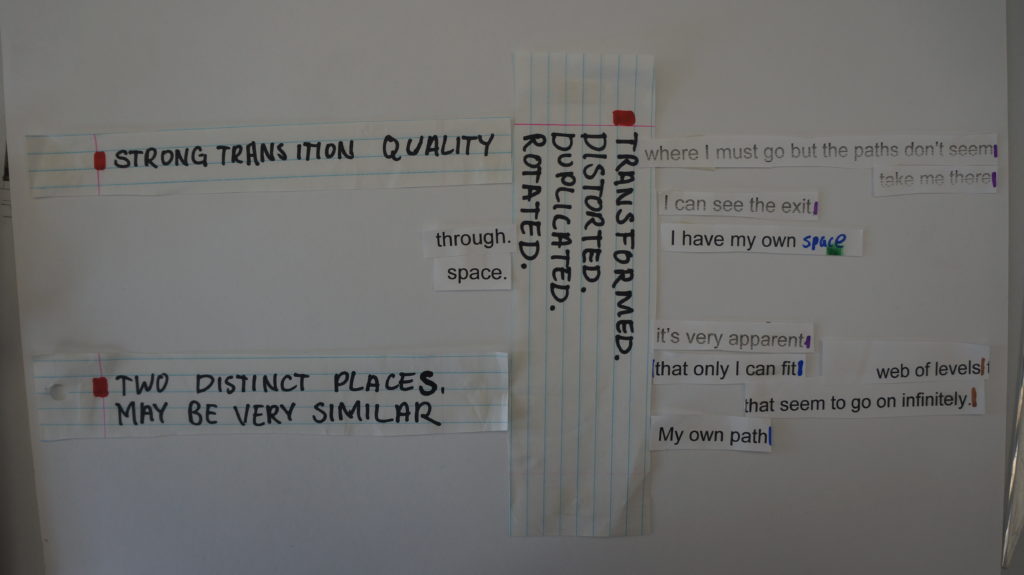
The text below is a shortened version of a talk I gave at EPFL and Pratt about these exercises and the larger context of how I think about prepositions, and other parts of speech as limbs of language.
Prepositions as an Architectural Medium
Timothy Simonds (with Ostap Rudakevych)
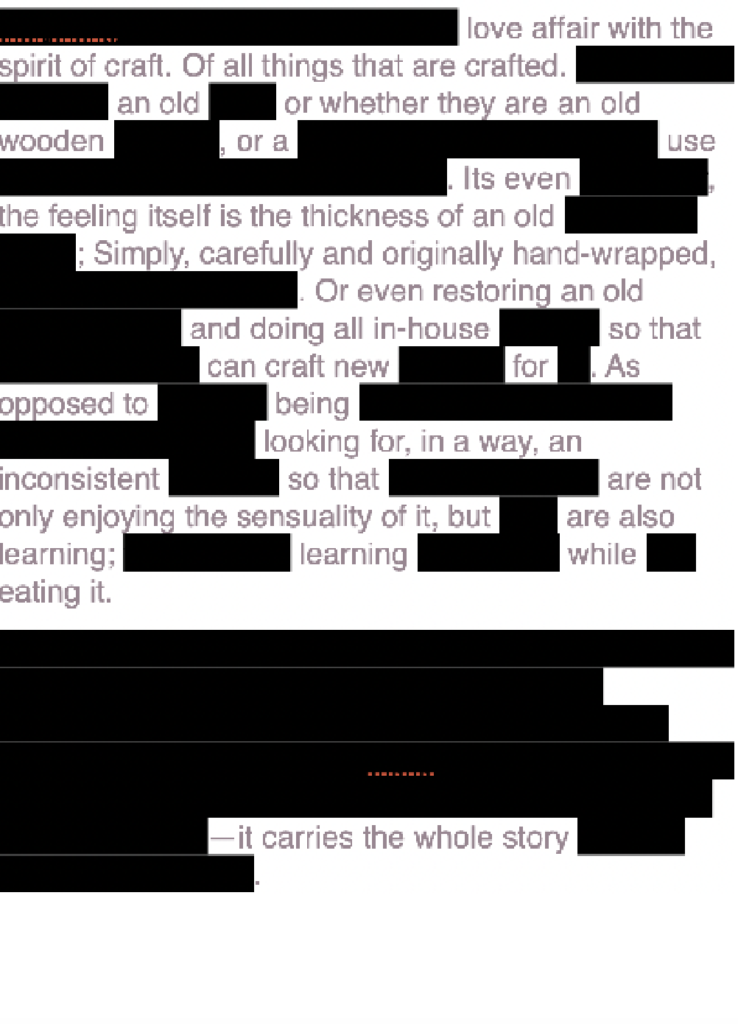
I want to consider isolated parts of speech as an architectural tool. In particular, I will focus on prepositions for their potential in creating relationships between f space, time, thought, and subjectivity; in addition, how prepositions’ ability to traverse these dimensions creates an architectural medium that blurs the separation of form, occurrence and body.
The text above is taken from a piece I performed in a small gallery called Cleopatra’s a few years ago.
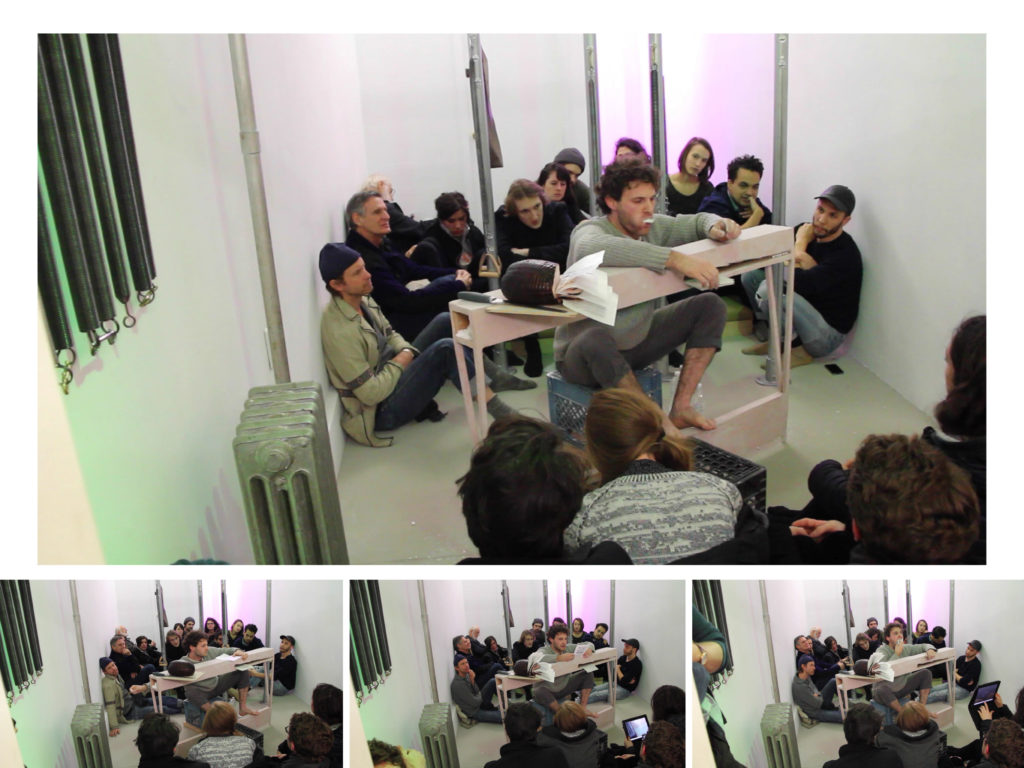
The piece, called And Learn to Make a Body of a Limb was part lecture and part installation. The text that I just read, among other appropriated brand histories was from a company called Mast Brothers chocolate
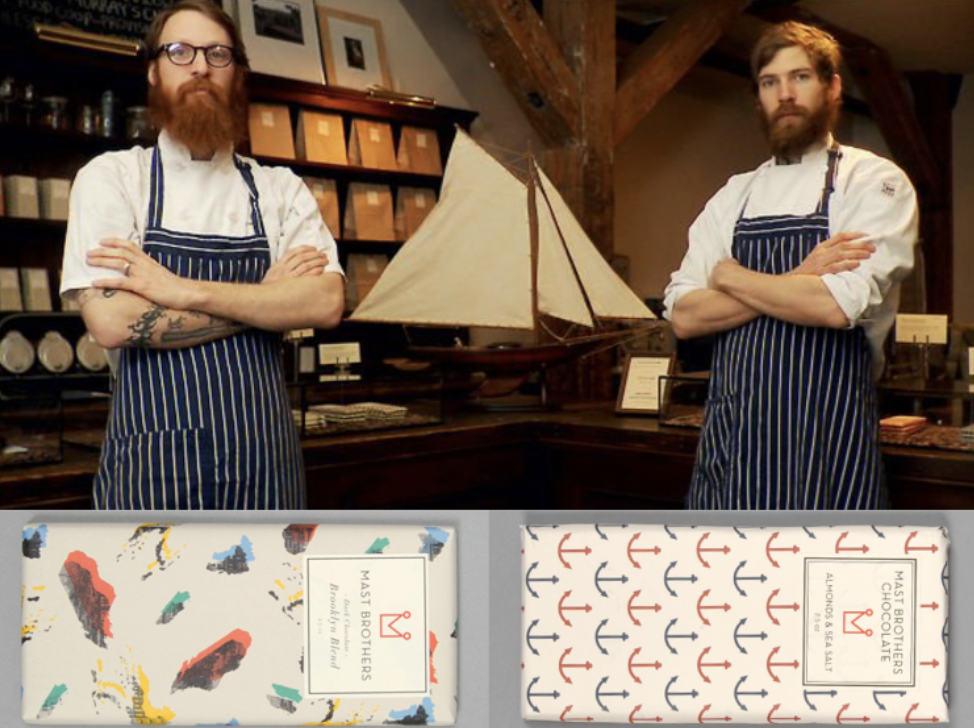
Borrowing the language of branding, where the brand might be thought of as a body, and its campaigns, that body’s activities, I treated parts of speech such as proper nouns as a core or center of a body and its verbs, adverbs, adjectives, and prepositions as extremities or limbs.
In an attempt to reverse this evaluation of core and extremity, I blacked out all the nouns. In the end, what was left were the activities and placement of the subject: adjectives like “Emersonian,” and “Hand-wrapped,” which like the abbreviation “est.” seemed to reach out and locate the authenticity of their product in the past.

In this case, Mast Brother’s Chocolate, the brand and its language became a kind of grain-less core.
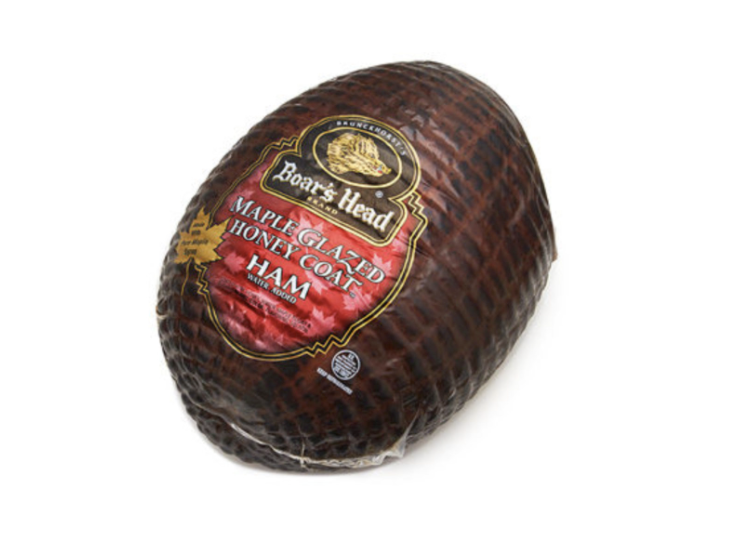
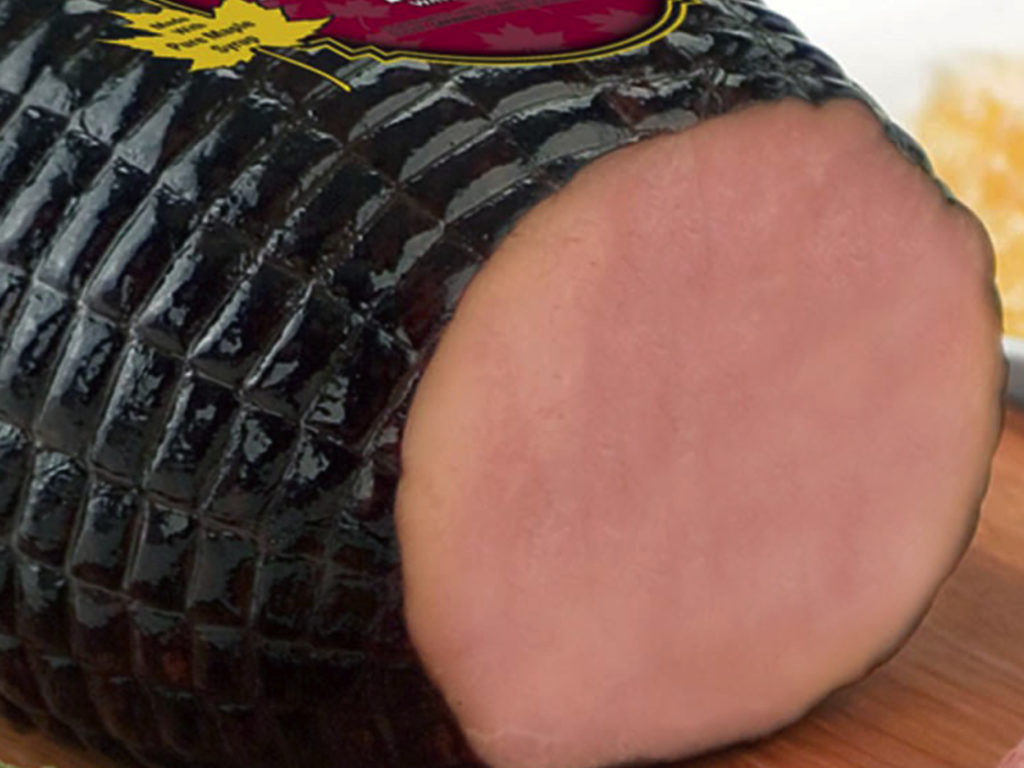
And this subject of food, or subject of language was placed with a sort of affixed-shell of symbolic labeling, a set of hyper-active limbs making wild gestures to give their host an identity of “who,” “when” “where.”
Self obsessed and totally anonymous, its inner subject became totally exchangeable, anchored only by a set of limbs.
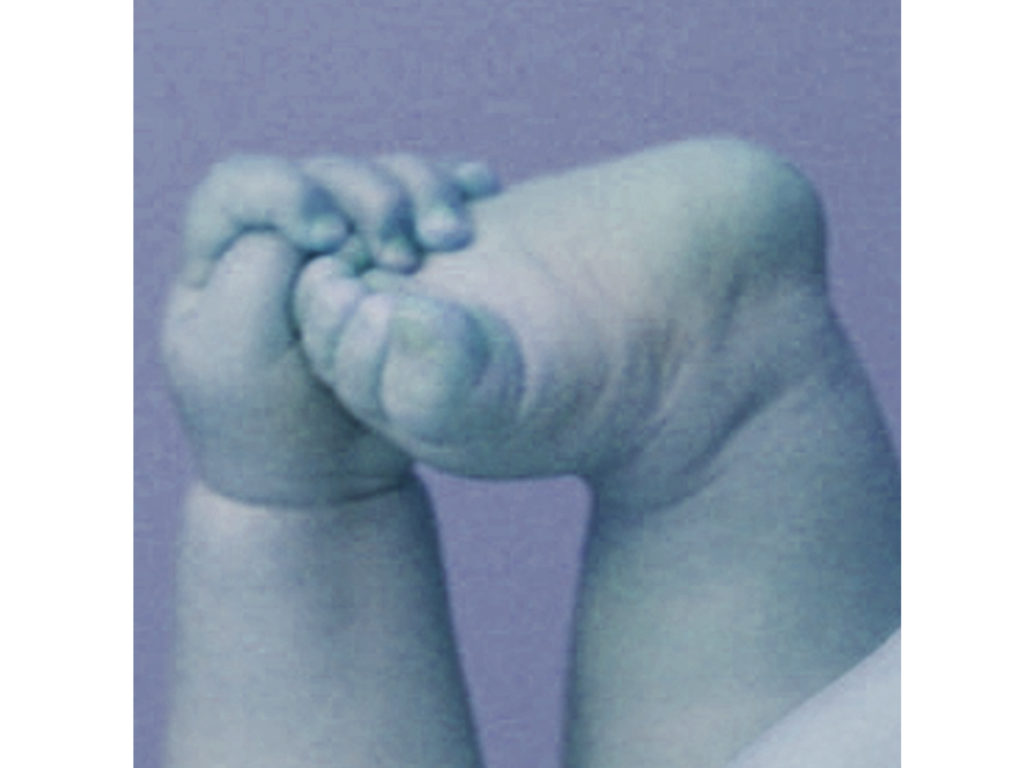
Prepositions are among the things that I would call a limb of language. Words like “towards,” “with,” “across,” “between” or “from,” place identities by creating relationships between them. They give us a grip of a subject’s place: “I am in the cupboard” or “The napkin is beneath and knife.”
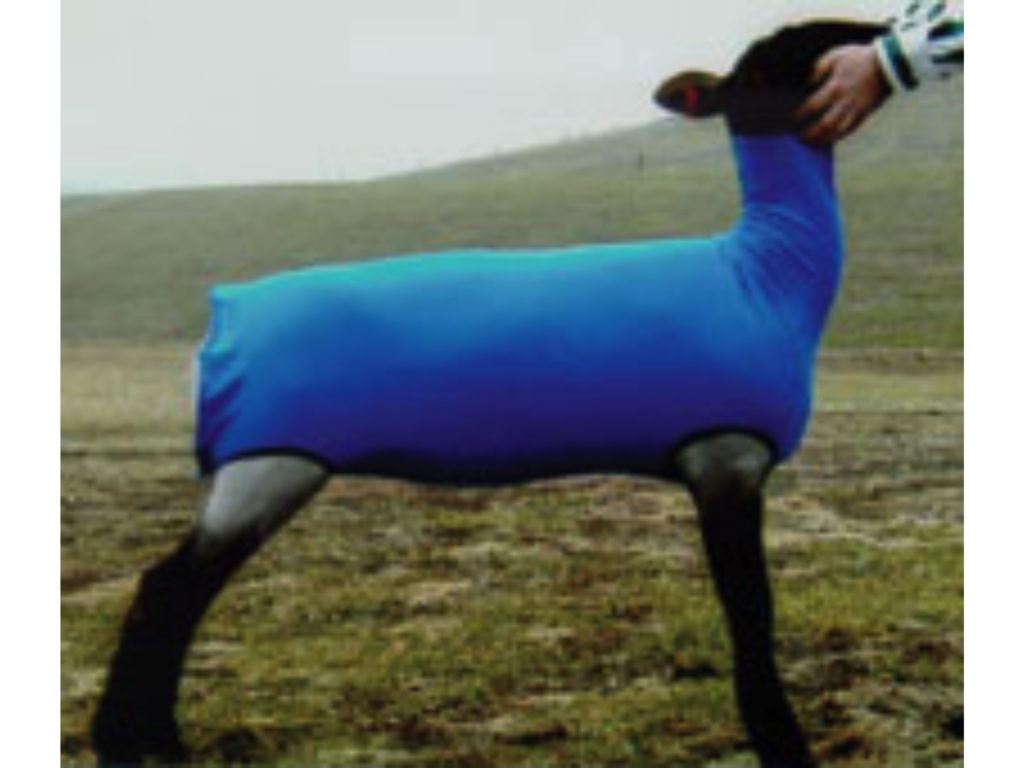
Yet preposition are not limited to speaking about space. They create relationships between subjects and objects. And those subjects and objects can be in space, time or thought.
“I am between two doors”
“Can you squeeze our meeting in between class and lunch?”
“What is between selfishness and charity?”
And in this sense, unlike other architectural tools, they are adaptable to work in several dimensions.
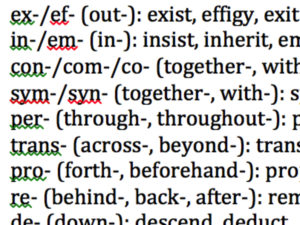
Prepositions can be extracted
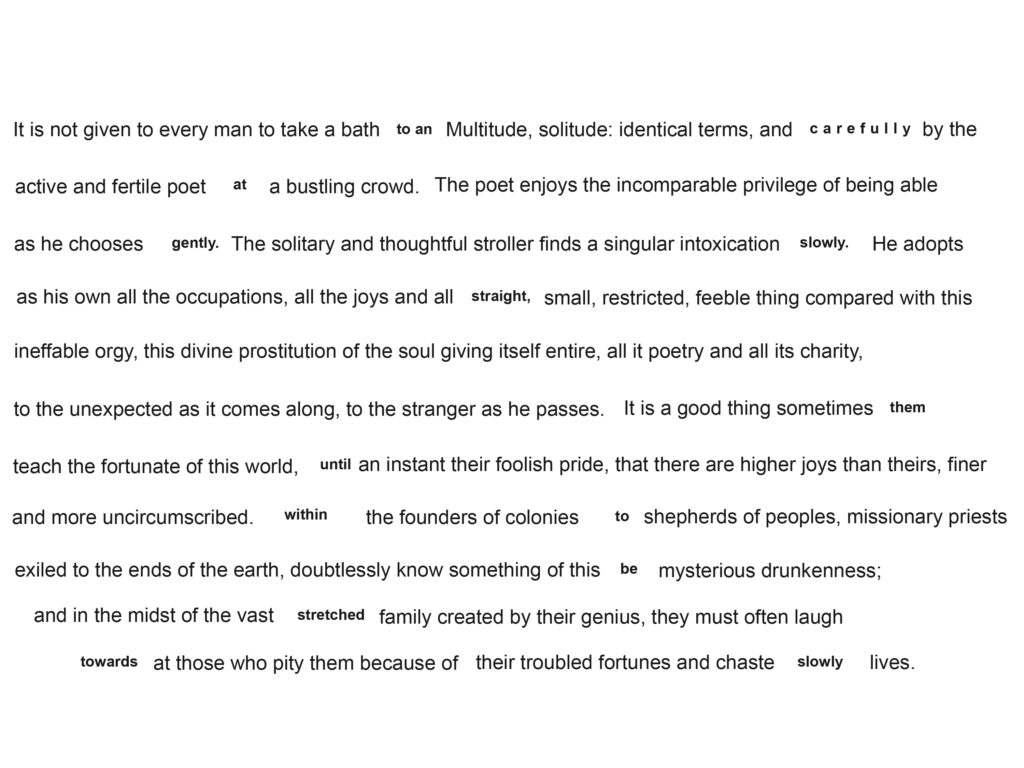
excerpts from Charles Baudelaire, “Crowds,” Paris Spleen. Spring 2015
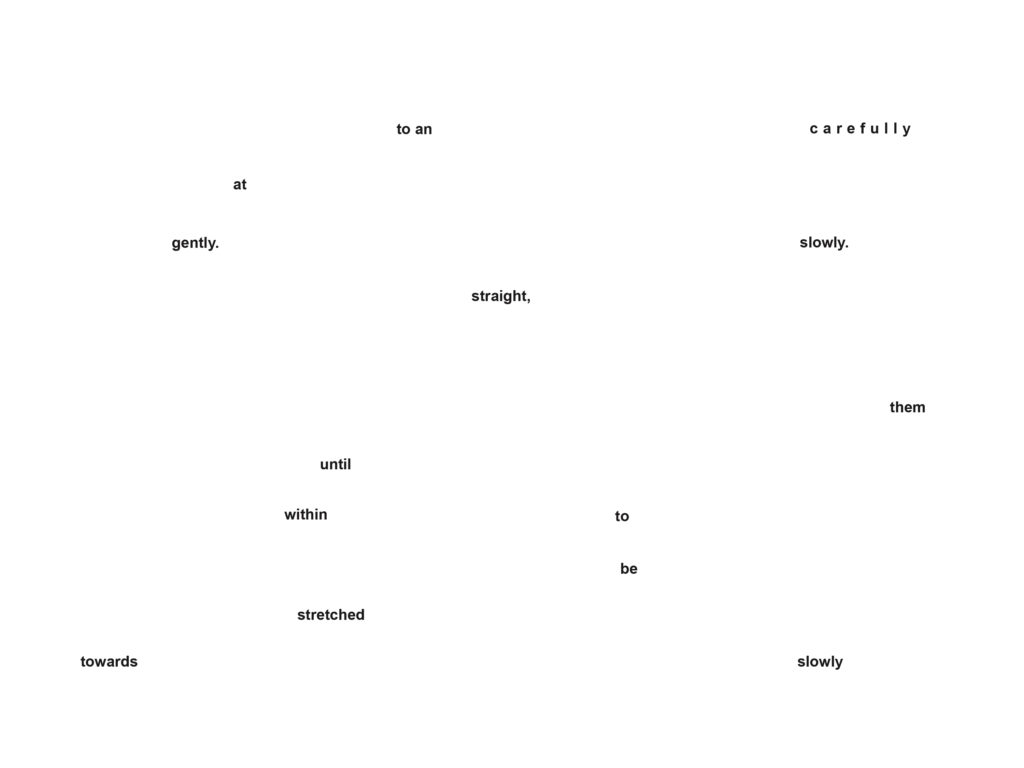
and reinserted to translate between these relationships.
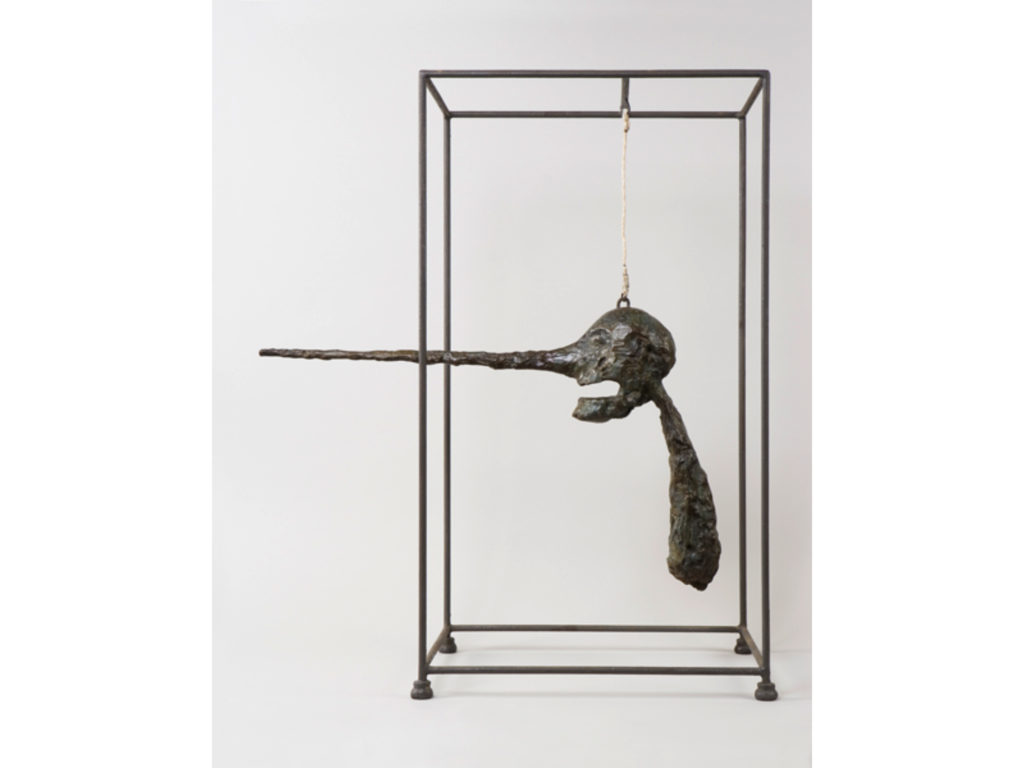
Take an architectural tool: trace paper.
Trace paper is an elementary device for understanding architecture, as an endlessly hyphenated process. Laying a piece of trace paper over a drawing, that under-drawing becomes a source for new lines that emerge above. In this way trace paper is a path for translating from drawing to drawing. However, its porosity does not bridge dimension: it does not mediate shape becoming form, shape becoming time, nor time becoming shape. We could say further, it is not only unable to deal with the go betweens of 2D, 3D, and 4D, but also the translation between these dimensions and other kinds of dimension like the sensing body.
I look at a graphite mark left by a resting palm on an overlabored drawing. I see a wall of trace paper with the same silhouetted figure strewn here and there.
I take a drawing on a piece of trace, lay it over my face and photograph it. The trace might stick to the damp of my lip but the photograph wont. Lifting the trace off my face, the wet might wrinkle and silently tear the paper, letting my nose peek through to the other side. I would like to say I have gotten my body into the drawing.
How to get the body into the process of architectural design?
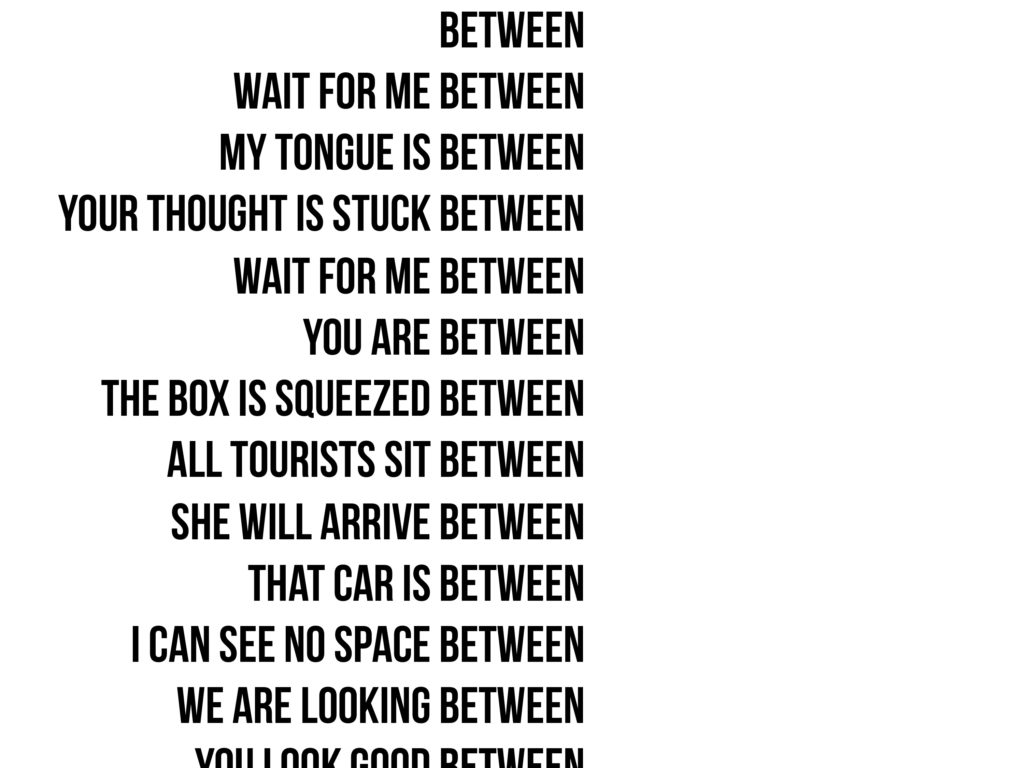
In their adaptability to relations of space, time and thought, prepositions can be used as a medium to create relationships that traverse dimension, thought, and the sensing body.
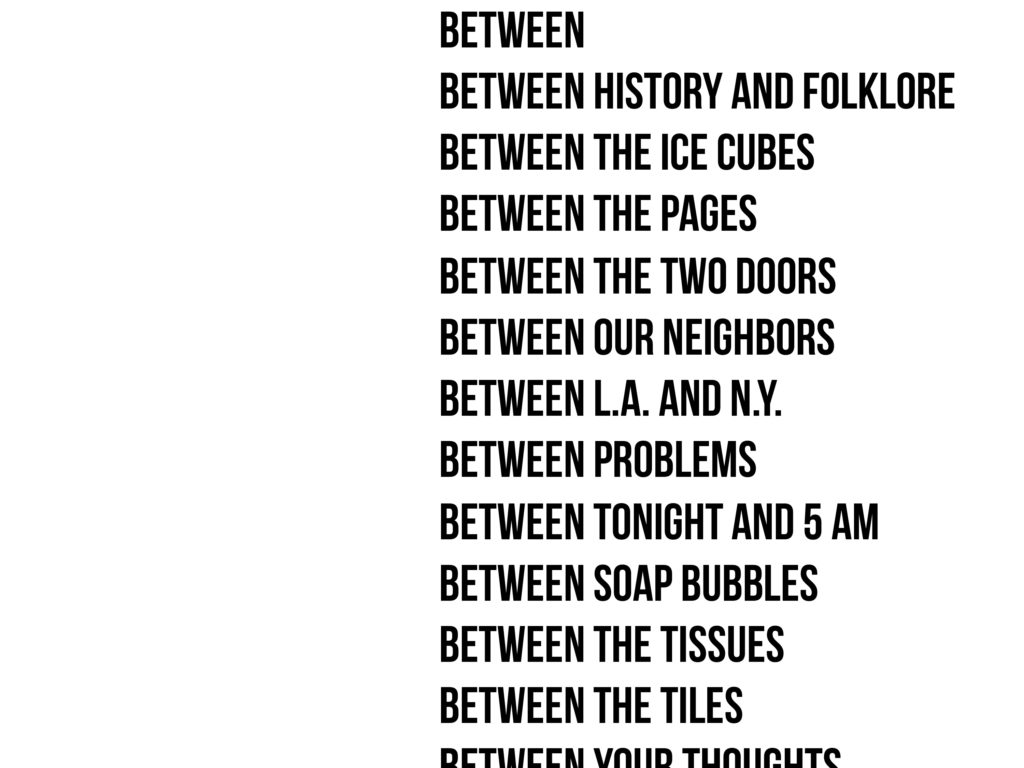
In other words, they can be used as transitions to redraw a relation between lines, as a relation between forms, or as a relation between ideas, or as a relation between bodies.
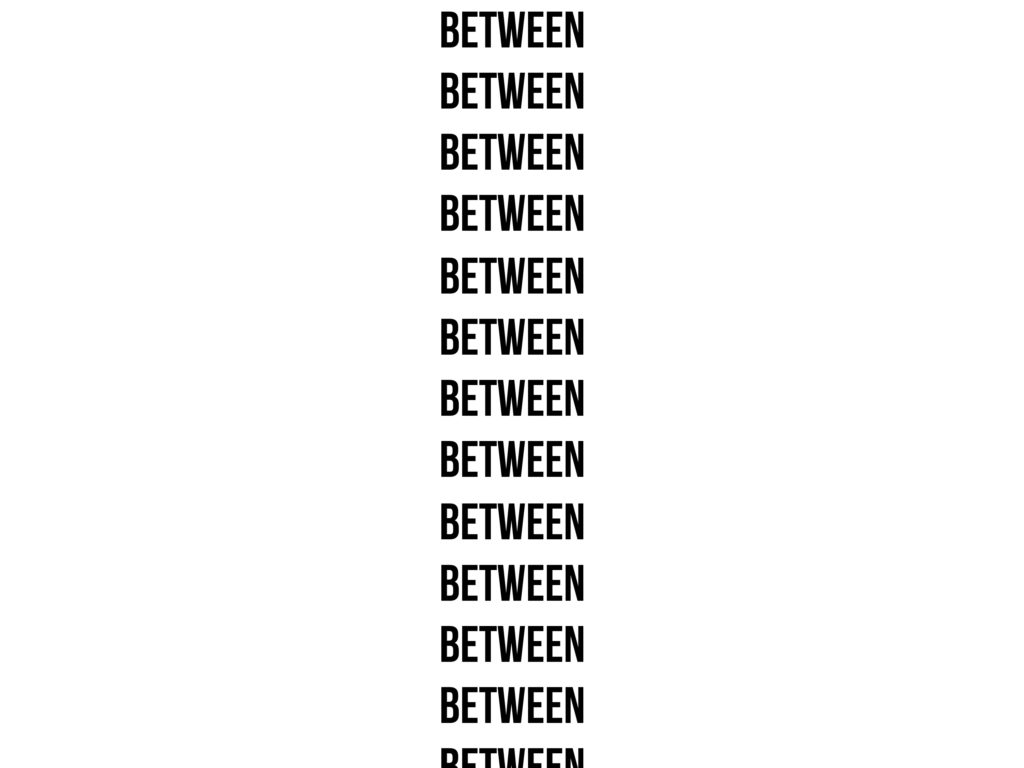
And at the at the same time they question how we perceive any of these subjects as distinct: collapsing them into a vocabulary of possible limbs extending from a new-found core.
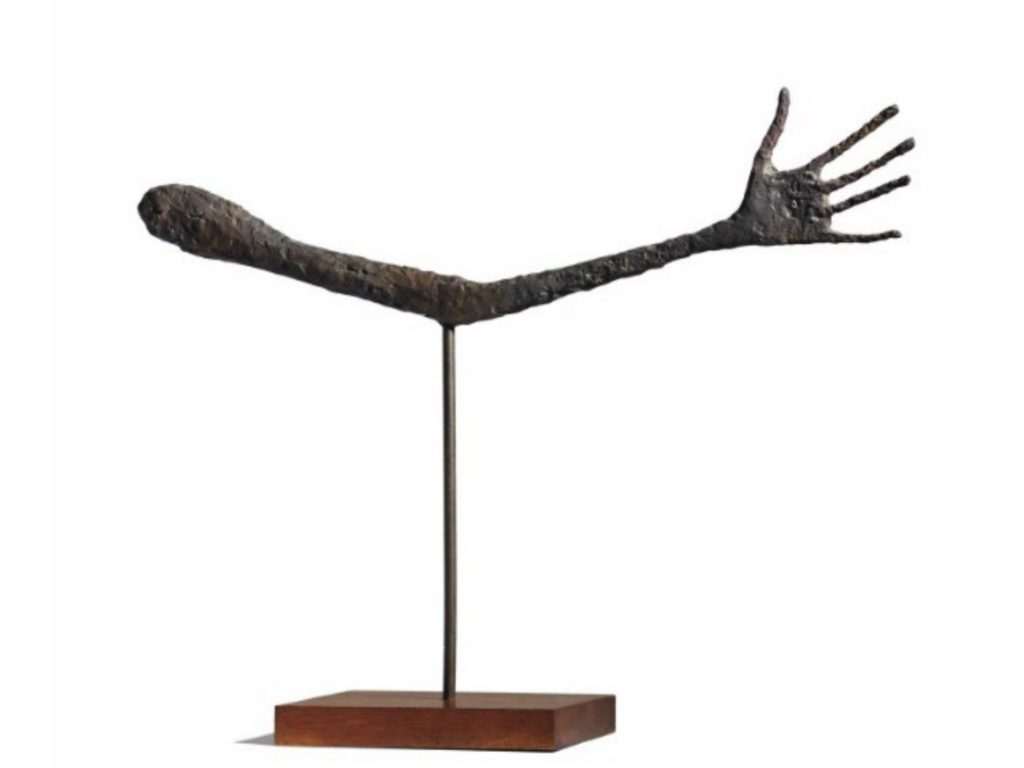
To approach the preposition as an architectural tool is to reconsider subjects in relationships as totally transitive.
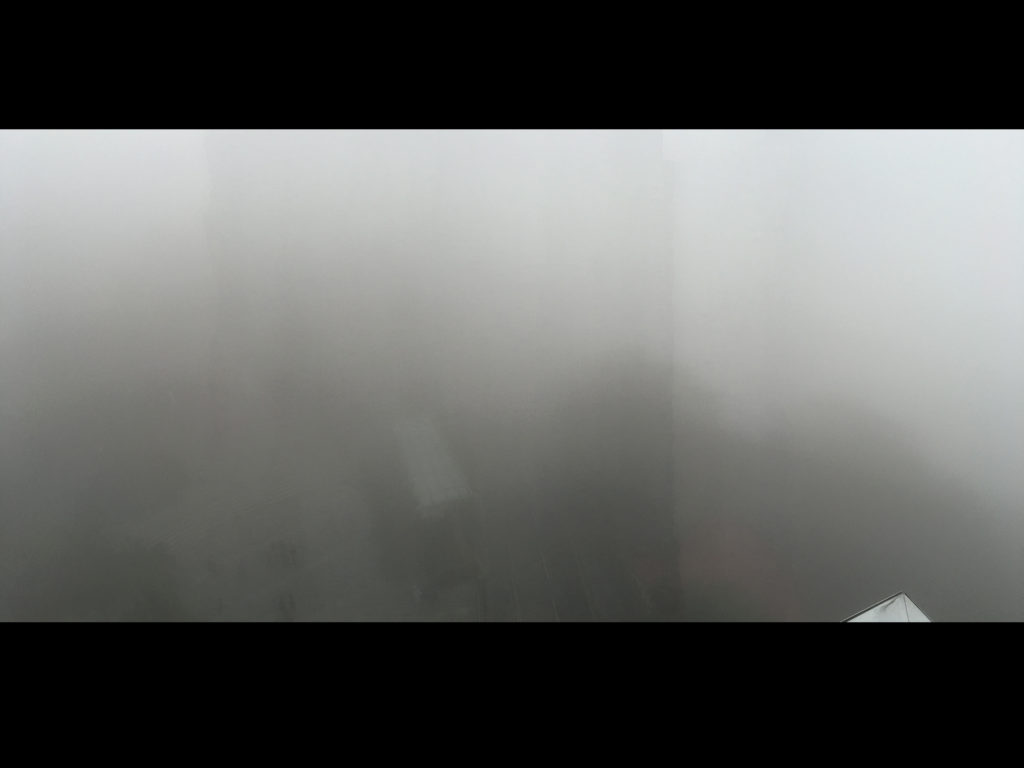
In her book, Helen Keller or Arakawa, the architect, poet and theorist, Madeline Gins uses the word transitive as a way of questioning the body’s relation to the world. By thinking through the deaf-blind, Gins shows us how subjectivity works through multiplicity and relation rather than singularity and authority. She remarks, “It can be said” that perception is “all-transitive,” (Gins, 5). The transitive is verb-type.
There are transitive and intransitive verbs. While an intransitive verb is an action where a subject acts alone and doesn’t deal with an object, a transitive verb always deals with something outside of that subject. In other words, to follow Gin’s application of these terms to modes of relating to the world, when I exist intransitively I am sitting, I am falling, I am running. Intransitively, I do an action alone in a hermetic chamber of the individual. On the other hand, when I exist transitively, I walk the dog, I run the dishwasher, eat fish, peal an onion, teach students. Transitively, I am always entwined with something beside myself.
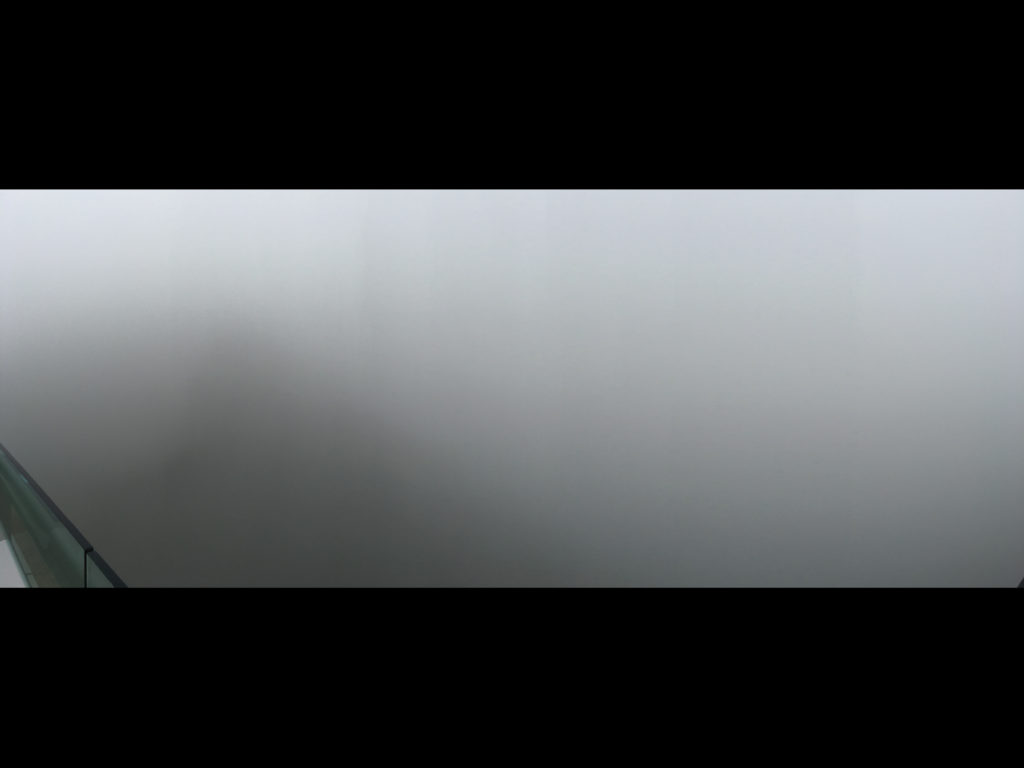
To be fully transitive recomposes one core, hard and essential at its middle, into a multiplicity of particulates, un-measurable and uncontainable. Any particular subject, in any particular place, at any particular time, is, as Gin’s suggests, a part of a “sky of an I” that through its relations endlessly transitions its placement, its time and its individuality (Gins, ?). And so, Gins’s voice or Helen Keller’s or Arakawa’s (“in tow”) makes a quotation that hesitates to give its own source (cite itself?), “I am almost individual. How can all of voice have made itself this small…I. [:]The limit of a reducing down towards…to have self-diminished to a dot. And you would find this to be pancake flat” (Gins, 18). Through the all-transitive any effort to reduce oneself to an individual dot finds itself to be a layering of caked, “odoriferous dimension” (Gins, 2). This is made ever more clear in a drawing by the artist Arakawa, titled “A man Walking,” where a point labeled “hand” on a apparently diagrammatic grid might as well be, “nose,” “Cincinnati,” “mountain,” or “mother.”
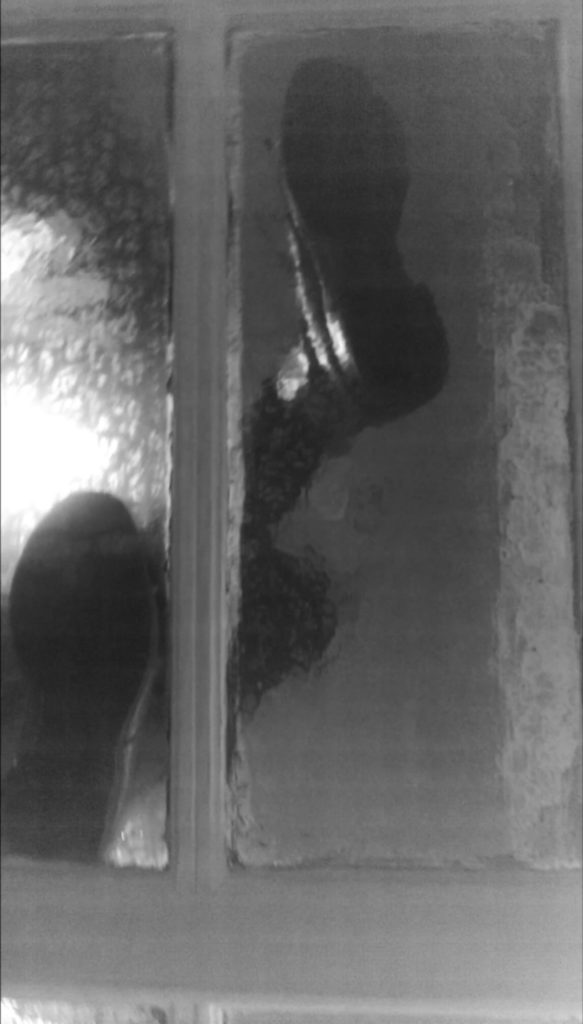
This form of transitivity and its reconsideration of authorship is the promise of any representational medium. A medium translates an individual subject into a multiplicity of subjects. It allows something singular to be read as something multiple: the intent of “I as author” can become the readings of many; a drawing can become a set of relationships drawn or thought from it.
These videos were made from a translation using prepositions.
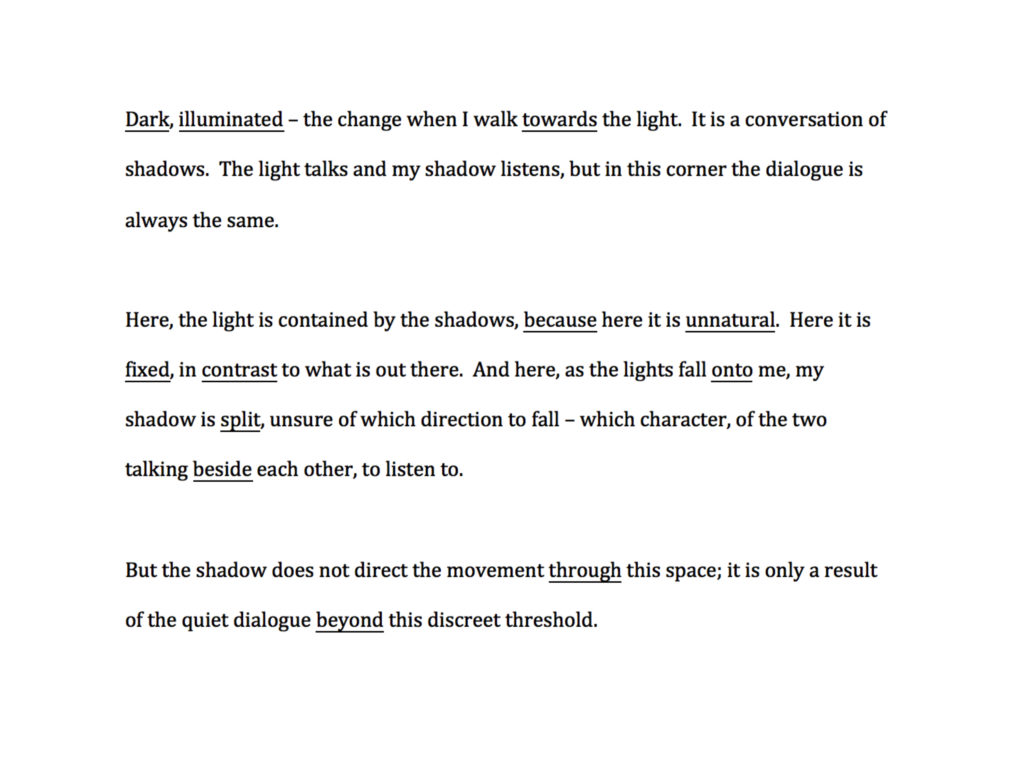
Students first wrote a description of their movement through a space. Second, they extracted prepositions and other “limbs” from this description
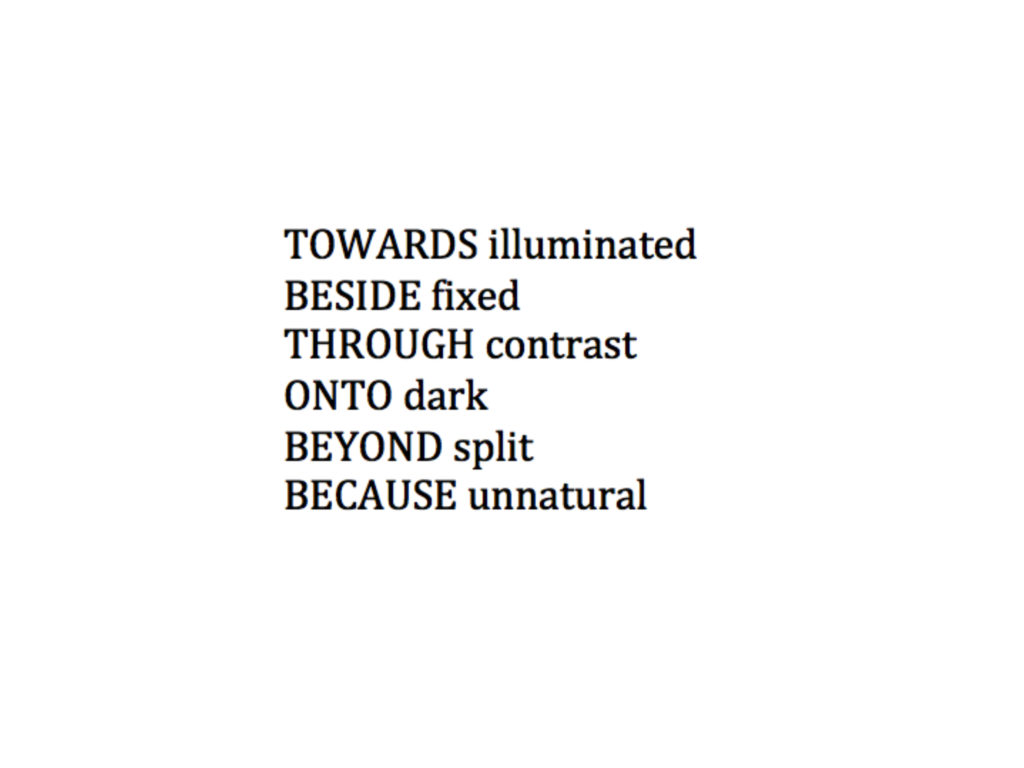
And finally they used these isolated terms to create a sequence and a score to compose a walk and the recording of that walk.
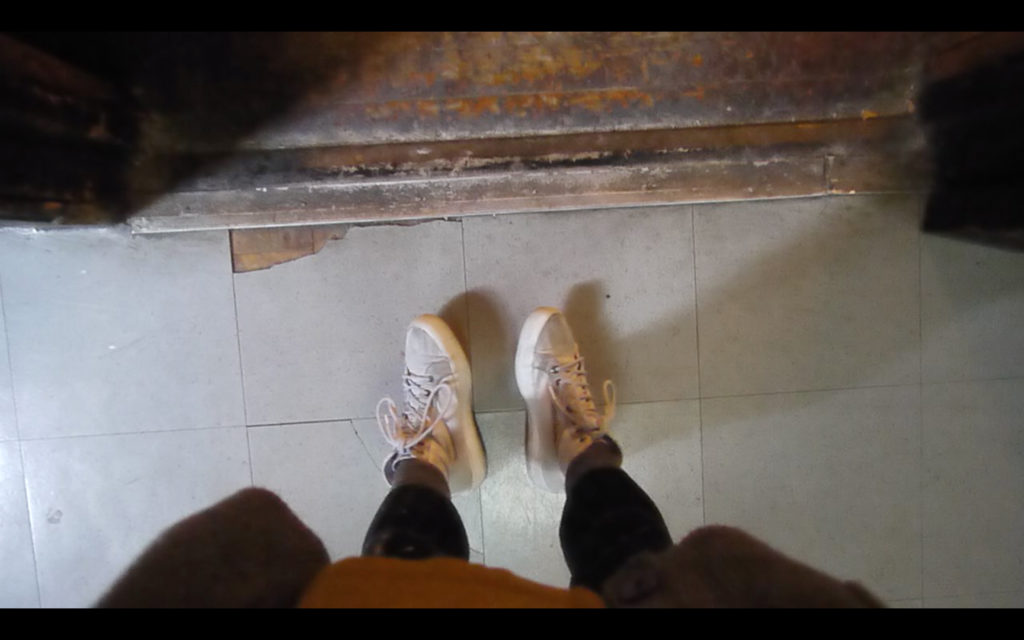
Spatial prepositions could set pace. Temporal prepositions could signal a turn, a detour or a change in the perspective of filming. Furthermore, following Madeline Gins’ assertion that “No point exists such that it is non-living” (Gins, 18) here, concrete objects could be translated into actions. The attitude of forms could be seen as the attitude of bodies.
